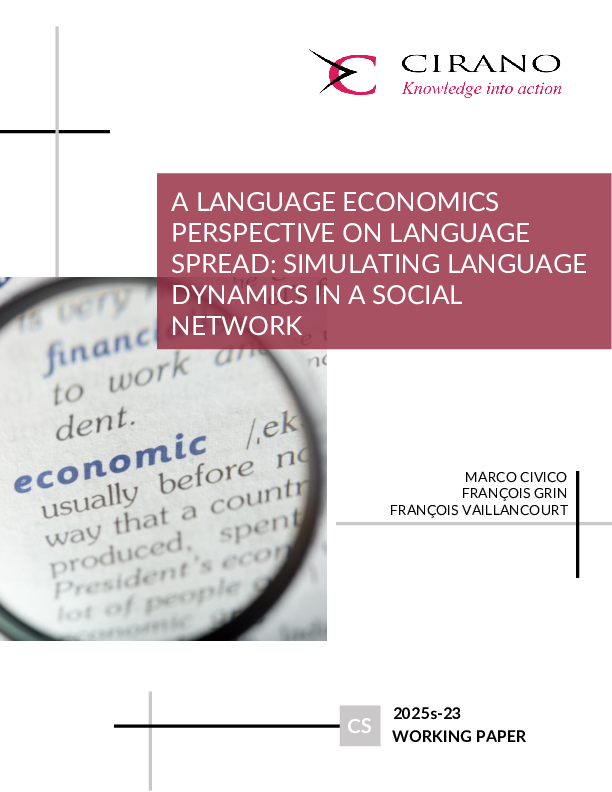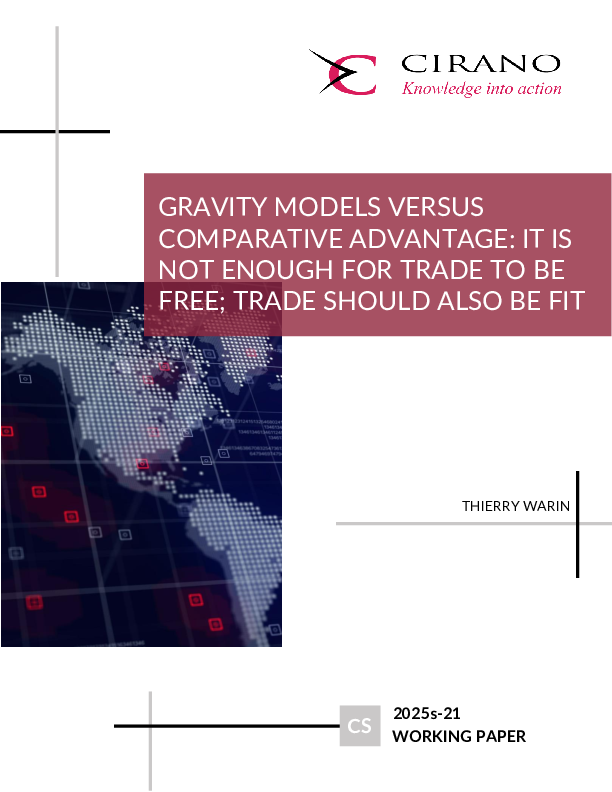Identification, Weak Instruments and Statistical Inference in Econometrics
We discuss statistical inference problems associated with identification and testability in econometrics, and we emphasize the common nature of the two issues. After reviewing the relevant statistical notions, we consider in turn inference in nonparametric models and recent developments on weakly identified models (or weak instruments). We point out that many hypotheses, for which test procedures are commonly proposed, are not testable at all, while some frequently used econometric methods are fundamentally inappropriate for the models considered. Such situations lead to ill-defined statistical problems and are often associated with a misguided use of asymptotic distributional results. Concerning nonparametric hypotheses, we discuss three basic problems for which such difficulties occur: (1) testing a mean (or a moment) under (too) weak distributional assumptions; (2) inference under heteroskedasticity of unknown form; (3) inference in dynamic models with an unlimited number of parameters. Concerning weakly identified models, we stress that valid inference should be based on proper pivotal functions - a condition not satisfied by standard Wald-type methods based on standard errors - and we discuss recent developments in this field, mainly from the viewpoint of building valid tests and confidence sets. The techniques discussed include alternative proposed statistics, bounds, projection, split-sampling, conditioning, Monte Carlo tests. The possibility of deriving a finite-sample distributional theory, robustness to the presence of weak instruments, and robustness to the specification of a model for endogenous explanatory variables are stressed as important criteria assessing alternative procedures.
[ - ]




